-
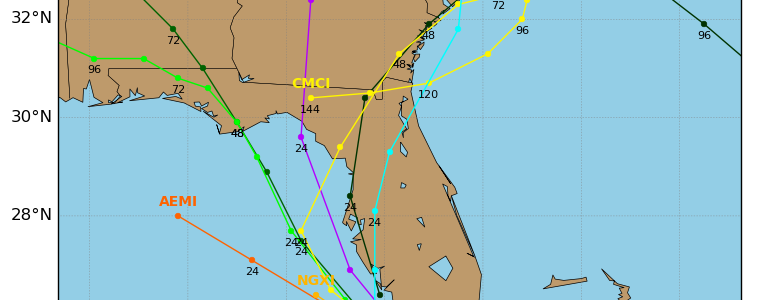
The latest forecasts show that Erika is not likely to return from the dead and become a tropical storm again, but the moisture is still there and will bring lots of rain to Florida and southeastern Georgia. The remains are now known as investigation 90L and the model runs for where it goes are shown…
-
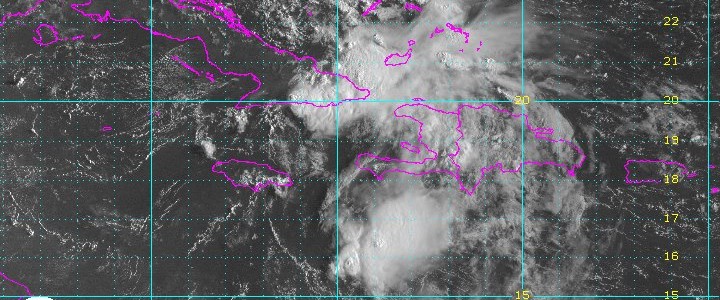
The National Hurricane Center reported this morning that Erika no longer has a closed low pressure center and is in the process of dissipating. The combination of wind shear and the mountains of Hispaniola knocked the socks off the already weak circulation. But the remnants of Erika will continue to move along the projected path…
-
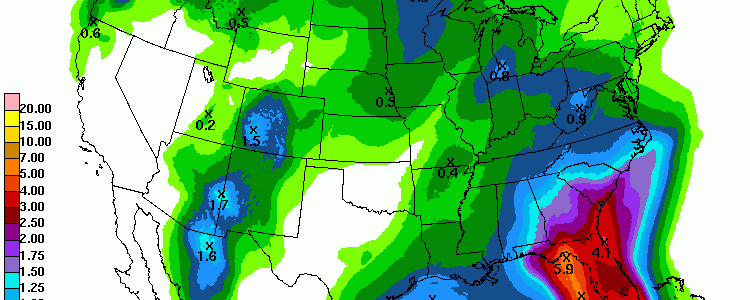
The latest 7-day QPF forecast shows the potential for heavy rain this week due to the possible movement of Tropical Storm Erika (or its remains) into the region by mid-week. Areas where Erika has already passed have seen intense rainfall, flooding and mudslides that have caused some deaths in Dominica as well as the Dominican…
Posted in: Climate outlooks -
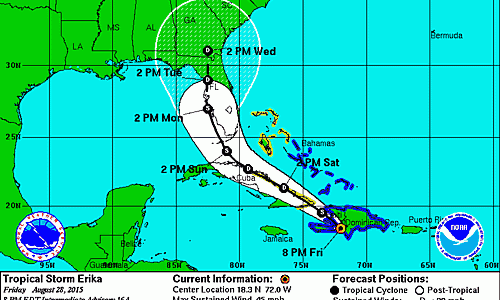
As expected, the movement of TS Erika over Hispaniola along with vertical wind shear has caused Erika to weaken. Hurricane forecasters now expect that it may drop below tropical storm levels and become a tropical depression tomorrow. The circulation has tracked more to the west than the models were predicting, which has caused some changes in…
-
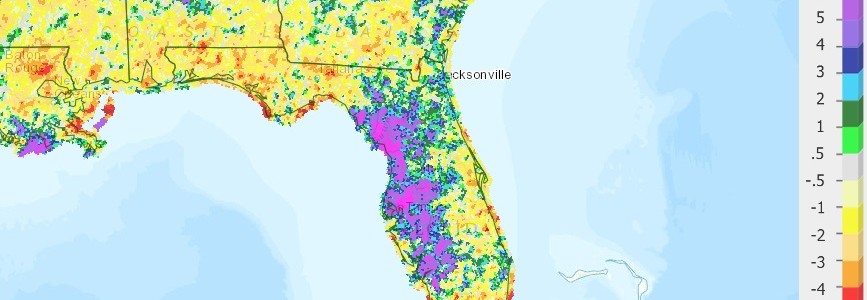
The last 30 days have been very wet in parts of Florida, although the southern tip is quite dry and is in extreme drought. The map below from https://water.weather.gov/precip shows that some areas of western Florida north and south of Tampa have an excess of 8 inches in just the last month. If the path…
-
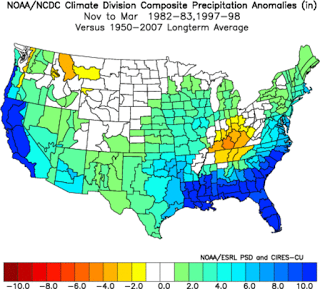
Rome Ethredge posted some notes on what to expect this winter from a recent meeting of Southeast Climate Consortium members. You can read the original post and see some pictures from the meeting at https://seminolecropnews.wordpress.com/2015/08/27/wet-winter-predicted/. Here are his take-away points from the meeting, based on the highly probable occurrence of a strong El Nino. Keep in mind…
-

AgWeb posted a short article this week based on a poster from Ohio State University on common problems with ears of corn. The article showed pictures of different kinds of abnormalities and linked them to potential causes of each condition. Many of them are related to adverse climate effects like cold temperatures or drought happening at…